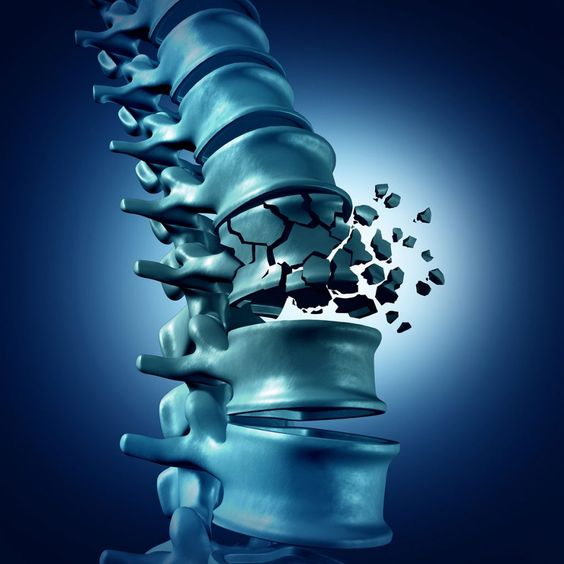Introduction
Osteoporosis is a condition that weakens bones, making them fragile and more likely to break (fracture). It develops slowly over time and often has no symptoms until a bone breaks. Fractures from osteoporosis most commonly occur in the hip, spine, and wrist.

While osteoporosis can affect anyone, it's most common in older women. Healthy lifestyle choices, such as proper diet and exercise, can help prevent bone loss and reduce your risk of osteoporosis. Early diagnosis and treatment are crucial in managing the condition and preventing fractures.
Symptoms of Osteoporosis
Osteoporosis often doesn't present noticeable symptoms in its early stages. Many people don't realize they have the condition until they experience a fracture. However, some potential signs may indicate weakened bones:
- Loss of height: As osteoporosis weakens the bones in the spine, they can compress, leading to a gradual loss of height.
- Change in posture: Spinal compression can also cause a stooped or hunched posture.
- Back pain: Weakened vertebrae can result in persistent back pain.
- Fractures: Bones that break easily, especially in the hip, wrist, or spine, may signal osteoporosis.
Causes of Osteoporosis
Osteoporosis occurs when bone loss happens faster than bone formation, leading to decreased bone density. Several factors can contribute to this imbalance:
- Aging: Bone mass naturally declines with age, increasing the risk of osteoporosis.
- Gender: Women are more susceptible to osteoporosis, particularly after menopause due to hormonal changes.
- Family history: Having a family history of osteoporosis significantly increases your risk.
- Low body weight: Being thin or having a small frame can contribute to weaker bones.
- Nutrition: Inadequate calcium and vitamin D intake can weaken bones.
- Lifestyle: Lack of physical activity, smoking, and excessive alcohol consumption can all contribute to osteoporosis.
- Medical conditions: Certain medical conditions and medications can increase the risk of osteoporosis.
Tests for Osteoporosis
A bone mineral density (BMD) test is the primary method for diagnosing osteoporosis. This test uses X-rays to measure the amount of calcium and other minerals in a segment of bone. The most common type of BMD test is called dual-energy X-ray absorptiometry (DXA).
Treatment of Osteoporosis
The primary goals of osteoporosis treatment are to prevent further bone loss, increase bone density, and reduce the risk of fractures. Treatment options may include:
- Medications: Several types of medications are available to slow bone loss and promote bone growth.
- Lifestyle changes: A balanced diet rich in calcium and vitamin D, regular weight-bearing exercise, and avoiding smoking and excessive alcohol consumption are essential for managing osteoporosis.
- Fall prevention: Reducing the risk of falls is crucial for individuals with osteoporosis. This can involve home modifications, assistive devices, and physical therapy to improve balance and strength.
It's crucial to consult with a healthcare professional for personalized diagnosis and treatment of osteoporosis.





